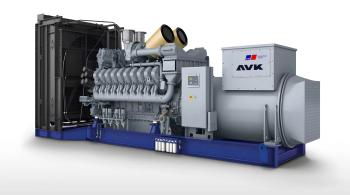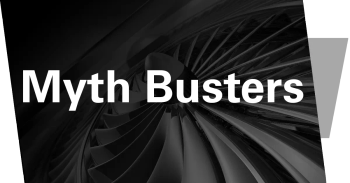
GT-renewables coexistence in practice
With so many renewable and DG resources flooding the grid, it is up to GT operators to find a way to peacefully co-exist with this new reality. This was the theme of the presentation by Jesse Murray, Director of Renewable Energy Programs, NV Energy.
(A GE 6FA gas turbine)
“Coal is to be gone in the state by 2019, replaced by natural gas and renewables,” said Murray, who previously ran a GT plant and therefore understands the related issues. Currently, Nevada generates 58% natural gas, 12% renewables, 9% coal, and purchases 22% non-renewables.
Nevada's 57 generating units produce 6.1 GW energy. Renewables are dominated by geothermal (71%), followed by solar (18%), wind (8%), biomass (2%) and hydroelectric (1%), as per 2014 figures. Solar surged over 20% last year. Net metering is now available for more than 20,000 customers, and the numbers are likely to go up by 12,000 more within a month.
Several incentives are available for those who opt for solar energy and this encourages people to install solar panels on their roofs. The emerging energy market calls for GT operators to change their priorities, added Murray. As flexibility becomes more important, greater competition occurs in the wholesale and retail markets. “The inherent flexibility and low cost of the GT allows it to provide the backbone for a new renewable energy focused grid,” said Murray.
“GTs can provide energy when there is no sun, accept energy when too much is generated, can be used to start large appliances, provide virtual energy storage and can play a vital role in emergency grid response. These are some of the many grid services that utilities can and should be performing.”
Murray outlined a personal experience from his past, during the days when he was running the 2x1 Tracy combined cycle plant near Reno, Nevada, which used a steam injected 1x1 6FA GT. Between 2006 and 2015, the operating profile of the facility changed completely, from high hours and low starts to many starts but far fewer operating hours. Once we started cycling heavily in 2010, we saw an impact in 2012 and beyond, in terms of lower availability,” said Murray. “Parts limitations in a cycling unit are a real problem; concepts like metal creep become more real.”
Consequently, the plant started conducting biannual borescopes and this shift in maintenance practices caught blade damage that could have been catastrophic if not spotted. Murray advised turbine operators to assess third-party vendors carefully to find those that provide real value in areas such as parts repair. In addition, he recommended listening carefully to field personnel, as they know the equipment. He also noted the greater need for condition-based maintenance when the volume of starts rises. “We went from two boiler tube failures in several years to three in a month,” said Murray.
(Read more in the May-June 2016 issue of Turbomachinery International magazine)
Newsletter
Power your knowledge with the latest in turbine technology, engineering advances, and energy solutions—subscribe to Turbomachinery International today.





